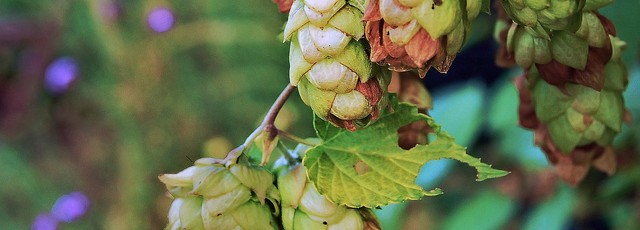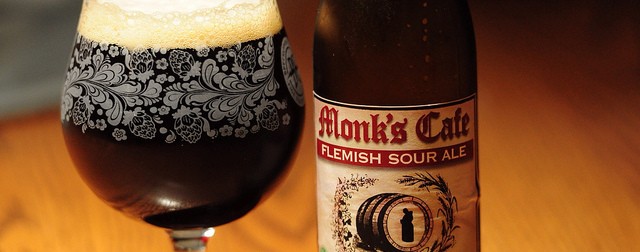Unless you’ve got a good idea that you want to be a brewer for life, your first couple batches of homebrew will be carbonated using priming sugar and “bottle conditioned”. Even if you are an expert with a badass kegging system, there are still styles that lend themselves to bottle conditioning, including high gravity beers that need to be aged, or Belgian beers brewed in the traditional style (some of which prefer having some yeast sediment in the bottle and ask you to swirl before serving).
Homebrewing
Whole Cone Hops + Hop Pellets + Hop Extract…What’s The Difference?
One of the choices that a homebrewer must make is whether they choose to use fresh hops or hop pellets. Both approaches are effective for brewing beer, but they have some key differences that you should understand before using one or the other.
Wild Yeast In Your Homebrew – It Can Be A Good Thing!
Traditionally, the yeast used in beer is yeast that is intentionally added and often referred to as domesticated yeast. But all kinds of wild yeast occur naturally! In fact, there is probably one or two hanging out in your back yard right now.
A Brief List of Specialty Malts & What They’re Used For
One thing I was very surprised to learn as a newbie homebrewer is that most beers are made up of very plain (and similar) base malts. So what makes a beer unique? Specialty malts have a lot of influence despite the small percentage of the grain bill they make up.
Yeast In Your Homebrew: What It All Means
One of the most important components of any alcohol, including beer, is the use of yeast. Yeast is the key component of the fermentation reaction and is essentially what takes beer from being a mixture of ingredients and makes it alcohol.




